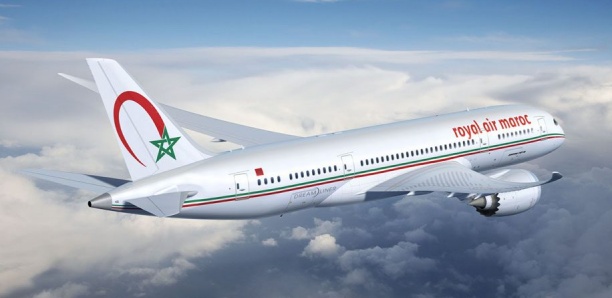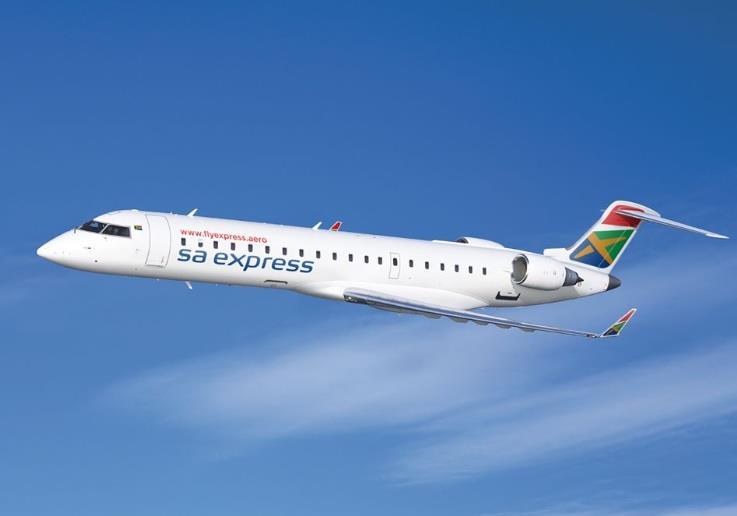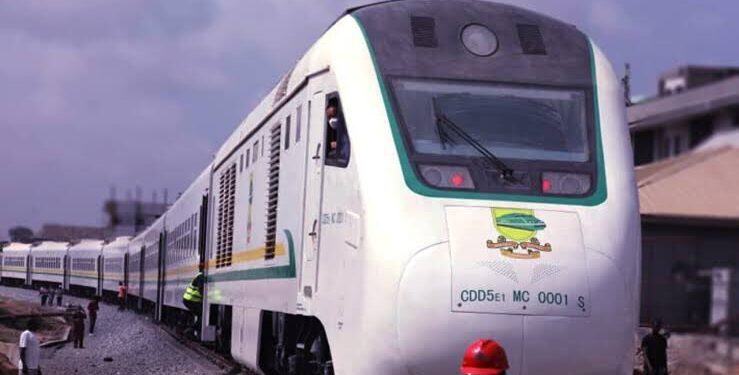Ethiopian Airlines, Africa’s leading airline, has taken a significant step towards becoming a global aviation powerhouse. The airline has signed an agreement with Dar Al-Handasah, an international consulting firm, to design and oversee the construction of a mega-airport near Bishoftu, 42 kilometers east of Addis Ababa.
Scheduled to open in 2029, this new airport is set to revolutionize aviation in Ethiopia and Africa. With a capacity to handle 100 million passengers annually and accommodate up to 270 aircraft, it will become the largest airport on the continent.
This initiative comes amid rapid growth in air traffic in Ethiopia. Addis Ababa Bole International Airport, currently Ethiopian Airlines’ primary hub, has reached its capacity and can no longer meet the growing demand. The new airport complex will allow the airline to strengthen its leading position in Africa and attract more international airlines.
The project is colossal and represents a multi-billion-dollar investment. The first phase, which will accommodate 60 million passengers per year, is expected to cost at least $6 billion. Financing will be provided by loans from private investors.
Beyond its impact on the aviation sector, this project will have positive spillover effects on the Ethiopian economy. The airport construction will create numerous jobs and stimulate regional development. Moreover, the presence of such a large international airport will enhance Ethiopia’s attractiveness to foreign investors.
The realization of such a project represents a significant logistical and technical challenge. Constructing an airport of this scale requires advanced expertise and seamless coordination among the various stakeholders involved. Dar Al-Handasah, a firm renowned for its expertise in airport engineering, will be responsible for overseeing the entire project.
The Ethiopian new airport construction project marks a turning point for African aviation. It demonstrates Ethiopia’s ambition to become a major aviation hub on the continent and contribute to the region’s economic development.






